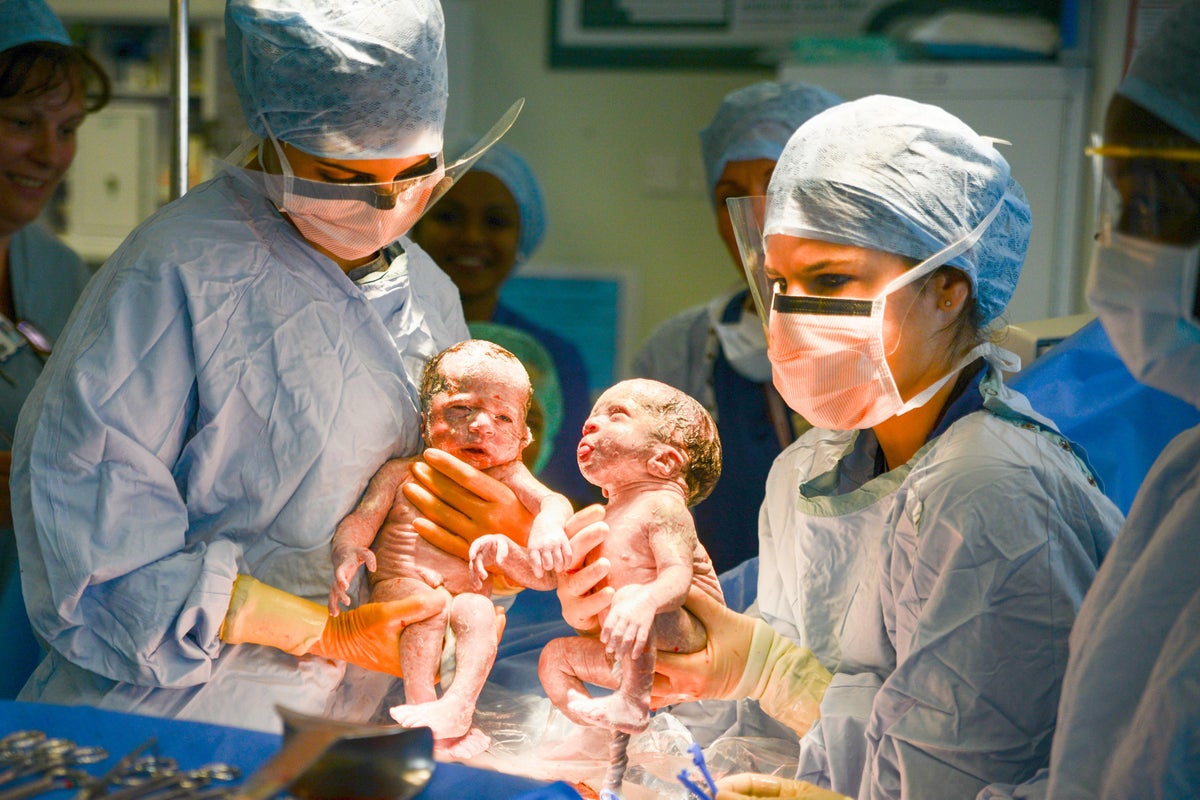
Steroids could reduce the risk of babies dying or developing breathing problems for mothers at risk of delivering twins prematurely, research has found.
Researchers at the University of Aberdeen found the use of steroids resulted in lower levels of infant mortality and respiratory disease syndrome in twins.
Steroids are regularly used to reduce the chances of neo-natal deaths, respiratory issues and other complications in babies expected to be born prematurely.
But studies usually focus on single births, twins and higher multiples such as triplets as one group.

Twins and other multiple births are 10 times more likely to be born prematurely compared to single babies.
Following calls to look at the use of antenatal steroids specifically in births involving twins, triplets etc, University of Aberdeen researchers along with colleagues from McGill University, Canada, and Monash University, Australia, have reviewed all relevant studies from across the world from 1974 to 2018.
Researchers looked at non-randomised studies that compared outcomes among twin newborns who had or had not been exposed to antenatal steroids. No restriction was applied to drug type, dosage, or number of doses.
The researchers are calling for twins to be included in future studies of this type as they are often underrepresented in clinical research.
Dr Sohinee Bhattacharya, from the University of Aberdeen, said: “This is an important review of existing literature as it has enabled us to look specifically at twins and see that they, in particular, are benefitting from the use of steroids.
“This should give clinicians further confidence that this is an appropriate treatment that results in improved outcomes for babies.
“Twins and other multiple births are often excluded from research as, due to their relatively rare nature, they are outliers in comparison to many single births.
“But it is essential that twins and higher numbers are included so that we can ensure that treatments are just as safe for them as it is for single birth babies.”
The findings have been published in Obstetrics and Gynaecology journal.







